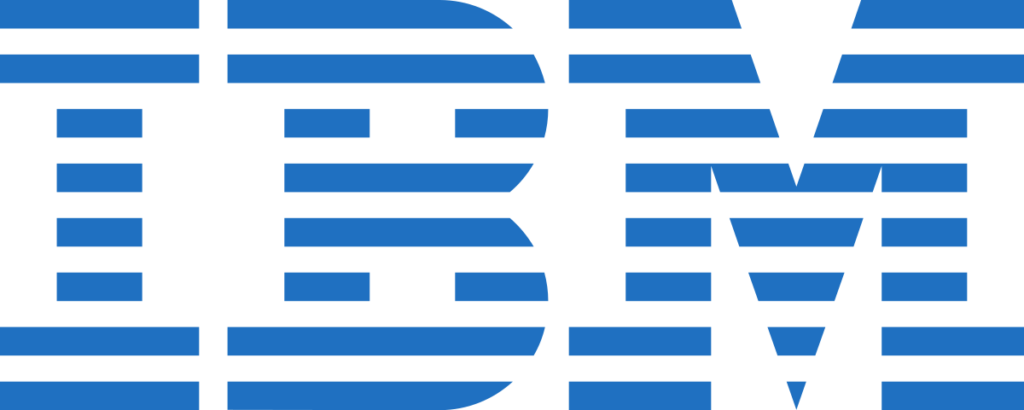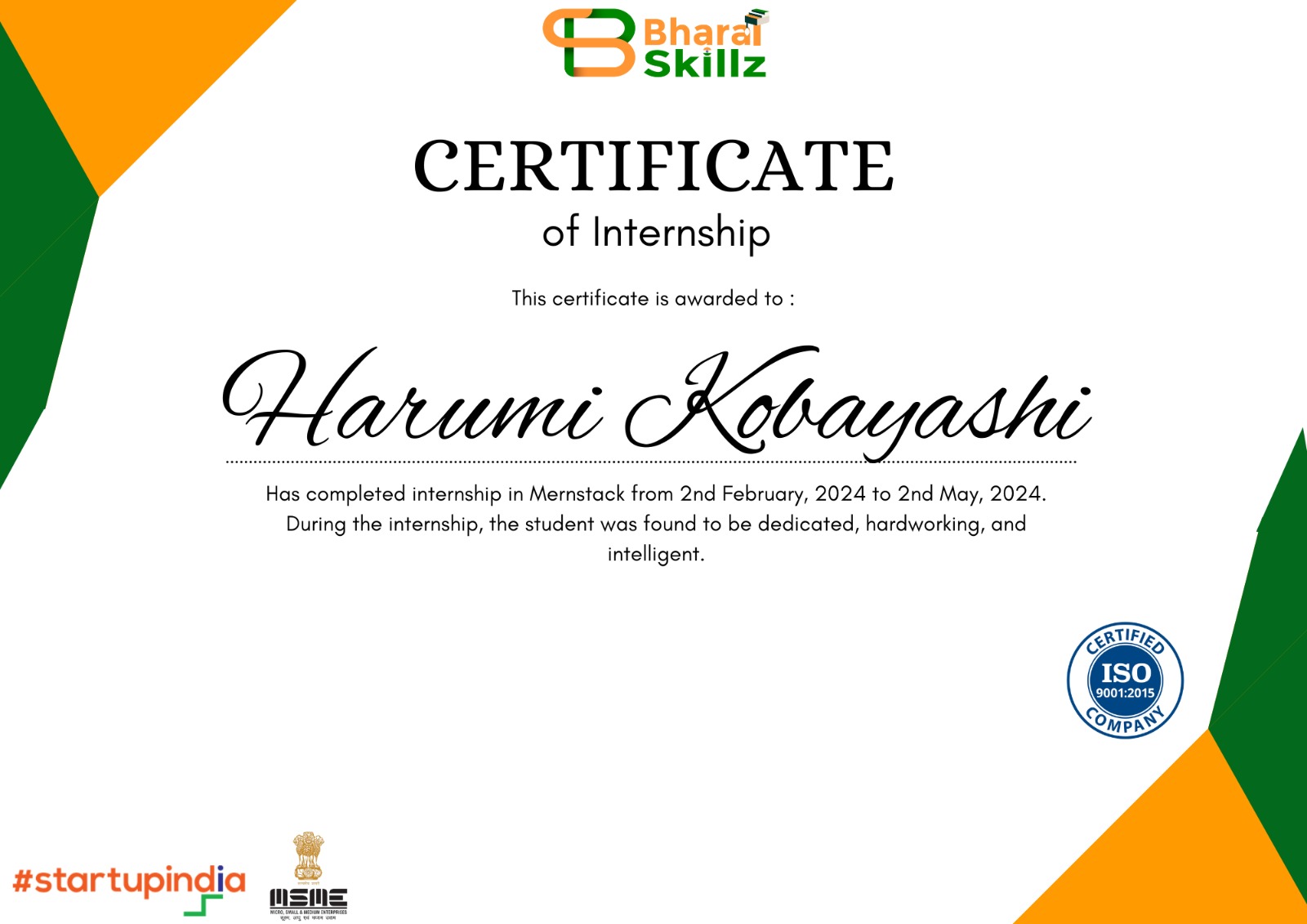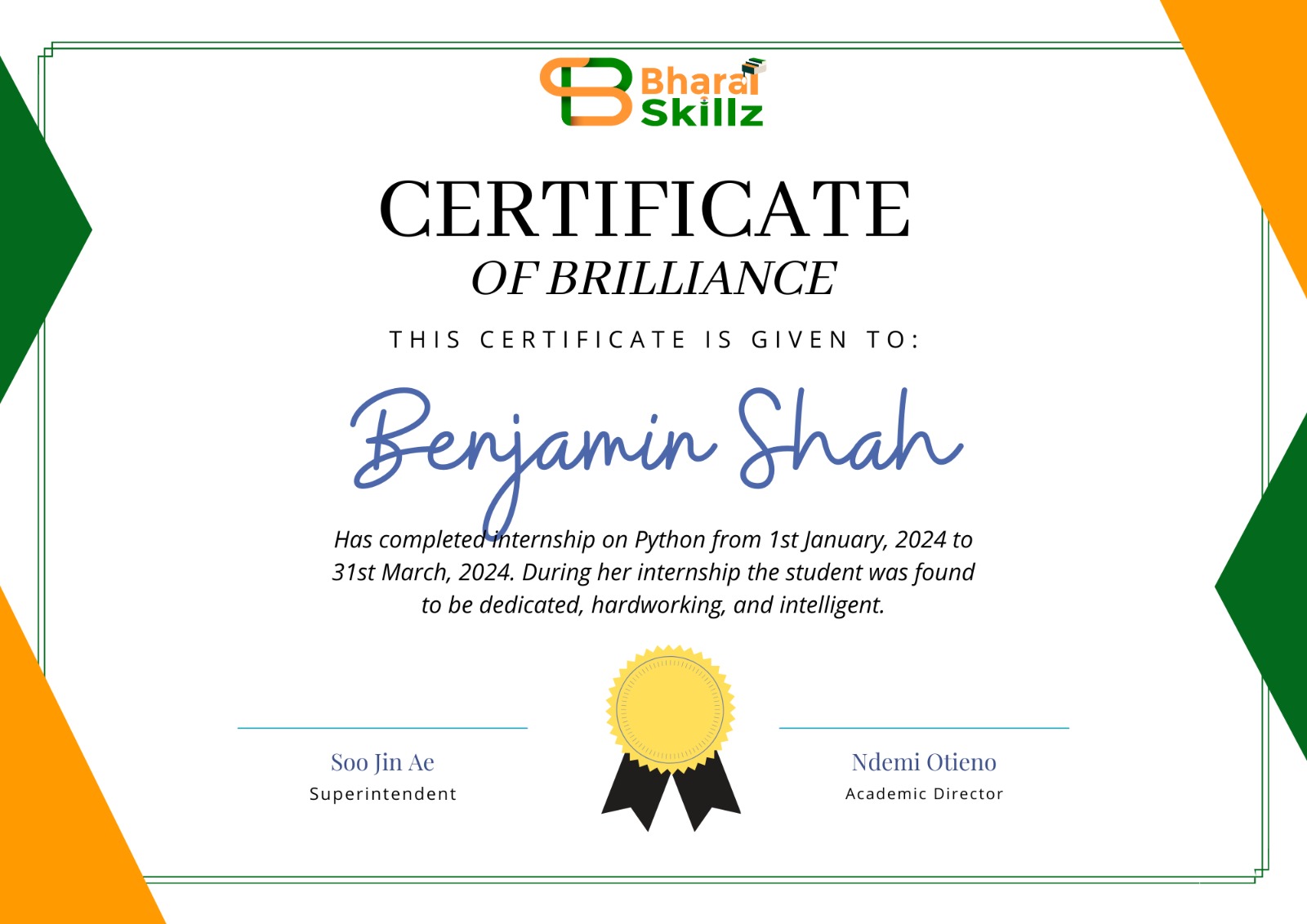Hybrid Electric Vehicle Online Course
Hybrid Electric Vehicle
Bharatskillz's Hybrid Electric Vehicle Internship Program to give a boost to your career.
- 21 hours on-demand video
- 15 articles
- 55 downloadable resources
- Access on mobile and TV
- Full lifetime access
- Certificate of completion
Become an Expert in
Hybrid Electric Vehicle
Over 150+ students have already registered for the next batch!
- Still have any doubt?
- Need info on the upcoming batch?
- +91-8287357114
- Comparison with Internal combustion Engine : Technology Comparison with Internal combustion Engine: Benefits and Challenges
- MOSFET and CMOS technology Bipolar junction transistors (BJT)
- Rule based control and optimization based control Software-based high level supervisory control
- Market Scenario Policies and Regulations
- Calculating the Rolling Resistance calculating the grade resistance
- RPM and Torque calculation of motor Motor Controllers Component sizing
- Battery charging and discharging calculation Cell Selection and sizing
- Type of Charging station Selection and Sizing of charging station
- No Prior AI Knowledge Required
- Working Internet Connect.
A hybrid-electric vehicle (HEV) syllabus typically covers the fundamentals of HEV technology, including propulsion systems, energy storage, control systems, and vehicle dynamics, along with practical applications and design considerations.
Top companies offer this course to their employees
This course was selected for our collection of top-rated courses trusted by businesses worldwide.




Hybrid Electric Vehicle Course Syllabus
- History
- Components of Electric Vehicle
- Comparison with Internal combustion Engine : Technology
- Comparison with Internal combustion Engine: Benefits and Challenges
- EV classification and their electrification levels.
- EV Terminology
- Calculating the Rolling Resistance
- calculating the grade resistance
- Calculating The Acceleration Force
- Finding The Total Tractive Effort
- Torque Required On The Drive Wheel
- Types of Electric Vehicle and components
- Electrical protection and system requirement
- Photovoltaic solar based EV design
- Battery Electric vehicle (BEV)
- Hybrid electric vehicle (HEV)
- Plug-in hybrid vehicle (PHEV
- Fuel cell electric vehicle (FCEV)
- Electrification Level of EV
- Comparison of fuel vs Electric and solar power
- Solar Power operated Electric vehicles
- Types of Motors
- Selection and sizing of Motor
- RPM and Torque calculation of motor
- Motor Controllers
- Component sizing
- Physical locations
- Mechanical connection of motor
- Electrical connection of motor
- Cell Types (Lead Acid/Li/NiMH)
- Battery charging and discharging calculation
- Cell Selection and sizing
- Battery lay outing design
- Battery Pack Configuration
- Battery Pack Construction
- Battery selection criteria
- Need of BMS
- Rule based control and optimization based control
- Software-based high level supervisory control
- Mode of power
- Behavior of motor
- Advance Features
- Function of CU
- Development Process
- Software
- Hardware
- Data Management
- GUI/HMI
- Type of Charging station
- Selection and Sizing of charging station
- Components of charging station
- Single line diagram of charging station
- Technology Scenario
- Market Scenario
- Policies and Regulations
- Payback and commercial model
- Payback and commercial model
- Polices in India
Certificate Included



Pricing plans
Hybrid Electric Vehicle Course Fee
Top-quality learning that’s easy on your pocket.

Self Paced
You’ll Get Access to:-
Internship Certificate by Co-Branded Company
-
1 Minor + 1 Major project
-
LIVE INTERACTIVE SESSIONS
-
Recorded Modules
-
25+ hours of video content access
-
Certificate on successful completion
-
Training Certificate from Bharat Skillz
Mentor Led
Everything in Self Paced, Plus:-
Internship Certificate by Co-Branded Company
-
1 Minor + 1 Major project
-
LIVE INTERACTIVE SESSIONS
-
Recorded Modules
-
25+ hours of video content access
-
Certificate on successful completion
-
Training Certificate from Bharat Skillz
FAQ's
At Bharat Skillz, we’re committed to delivering top-notch support—your questions are our priority.

Python basic Python concepts & terms Python fundamentals Python data structure & modules
Pandas & visualization
Introduction to probability theory Distribution central limits theorem & hypothesis testing
Introduction to Artificial intelligence Applications of Artifiticial intelligence Hands on work with Python
Introduction to Neuron deep learning (basics & scope) Evolution of deep learning Applications of Deep learning Machine learning Vs. Deep learning Techniques & types of deep learning Introduction to ANN
Neuron Diagram Neuron Models & NETWORK FUNCTIONS of Neurons activation Functions of Gradient descent & Stochastic Ramp function & sigmoid function & Gaussian function
Perceptron & multilayer network Backpropagation Deep neural network installing libraries Creating ANN python Training the model
Introduction to open Cv (Image processing) Learning basic image manipulations Introduction to CNN CNN Institution Convolution Operation pooling Flattering building a CNN using python Training the model
Introduction to open Cv (Image processing) Learning basic image manipulations Introduction to CNN CNN Institution Convolution Operation pooling Flattering building a CNN using python Training the model
Become an expert in Hybrid Electric Vehicle and Land a Job.
Don’t hesitate to contact us
![7803722 [Recovered]-05](https://bharatskillz.com/wp-content/uploads/2024/06/7803722-Recovered-05.png)



